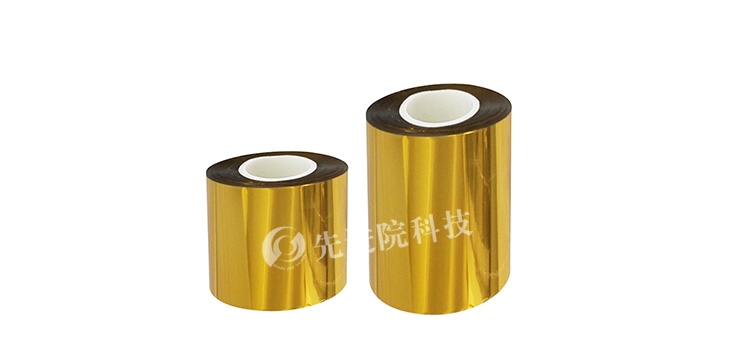With the increasingly serious global environmental problems, reducing harmful substance emissions in industrial production has become a common goal for various industries. PET gold-plated reflective film, as a widely used material in the fields of optics, electronics, etc., has attracted much attention for its environmentally friendly manufacturing process. This article will explore an environmentally friendly approach
PET gold-plated reflective filmThe manufacturing process aims to reduce the emission of harmful substances.
1. Basic principle of PET gold-plated reflective film
PET (polyethylene terephthalate) is a polymer material with excellent mechanical and optical properties. By gold plating on PET substrates, reflective films with high reflectivity can be obtained, which are widely used in fields such as optical devices and solar cells.
2. Environmental issues of traditional PET gold-plated reflective film manufacturing process
The traditional manufacturing process of PET gold-plated reflective film mainly includes the following steps:
-
Substrate treatment: Clean and surface treat PET substrates.
-
Gold plating: Physical vapor deposition (PVD) or chemical vapor deposition (CVD) techniques are used to deposit gold on PET substrates.
-
Post processing: Protect and cut the PET film after gold plating.
In these steps, organic solvents are often used during cleaning and surface treatment, and harmful gases may be generated during the gold plating process, all of which have adverse effects on the environment.

3. Exploration of Manufacturing Process for Environmentally Friendly PET Gold Plated Reflective Film
In order to reduce the emission of harmful substances, we propose an environmentally friendly approach
PET gold-plated reflective filmThe manufacturing process mainly includes improvements in the following aspects:
3.1 Improvement of substrate treatment
Organic solvents such as acetone and ethanol are often used in traditional substrate cleaning and surface treatment processes. To reduce the use of organic solvents, we can adopt the following methods:
-
Using ultrasonic cleaning technology: Ultrasonic cleaning can effectively remove dirt and impurities from the surface of the substrate, reducing the use of organic solvents.
-
Use environmentally friendly cleaning agents: Choose low toxicity and low volatility environmentally friendly cleaning agents to replace traditional organic solvents.
3.2 Improvement of Gold Plating Process
Traditional PVD and CVD processes may generate harmful gases such as hydrogen and chlorine during the gold plating process. To reduce the emission of harmful gases, we can adopt the following methods:
-
Using non-toxic gold plating solution: Choose non-toxic and environmentally friendly gold plating solution to reduce the generation of harmful gases.
-
Adopting low-temperature gold plating technology: Low temperature gold plating technology can complete the gold plating process at a lower temperature, reducing the volatilization of harmful gases.
3.3 Improvement of post-processing technology
During the protective treatment and cutting process after gold plating, the following methods can be used to reduce the emission of harmful substances:
4. Performance evaluation of environmentally friendly PET gold-plated reflective film
Through the above improvements, we have created an environmentally friendly product
PET gold-plated reflective filmIn terms of performance, it is comparable to reflective films manufactured by traditional processes, and even performs better in some aspects. Specific performance evaluations include:
-
Reflectivity: The environmentally friendly PET gold-plated reflective film has a reflectivity of over 95%, meeting the requirements of optical devices.
-
Mechanical performance: Environmentally friendly PET gold-plated reflective film has good mechanical strength and toughness, suitable for various application scenarios.
-
Environmental friendliness: The manufacturing process of environmentally friendly PET gold-plated reflective film significantly reduces harmful substance emissions and is environmentally friendly.
conclusion
By improving the manufacturing process of PET gold-plated reflective film, we have successfully explored an environmentally friendly manufacturing process that effectively reduces the emission of harmful substances. This process not only significantly improves environmental friendliness, but also ensures the high performance of the reflective film. In the future, we will continue to optimize this process, further enhance its environmental friendliness and economy, and contribute to achieving sustainable development.
The above data is for reference only, and specific performance may vary due to production processes and product specifications.






